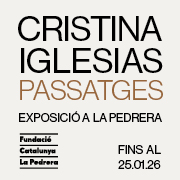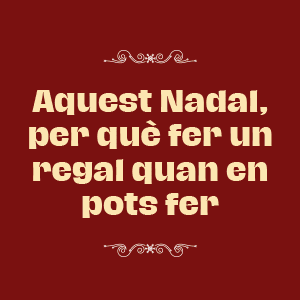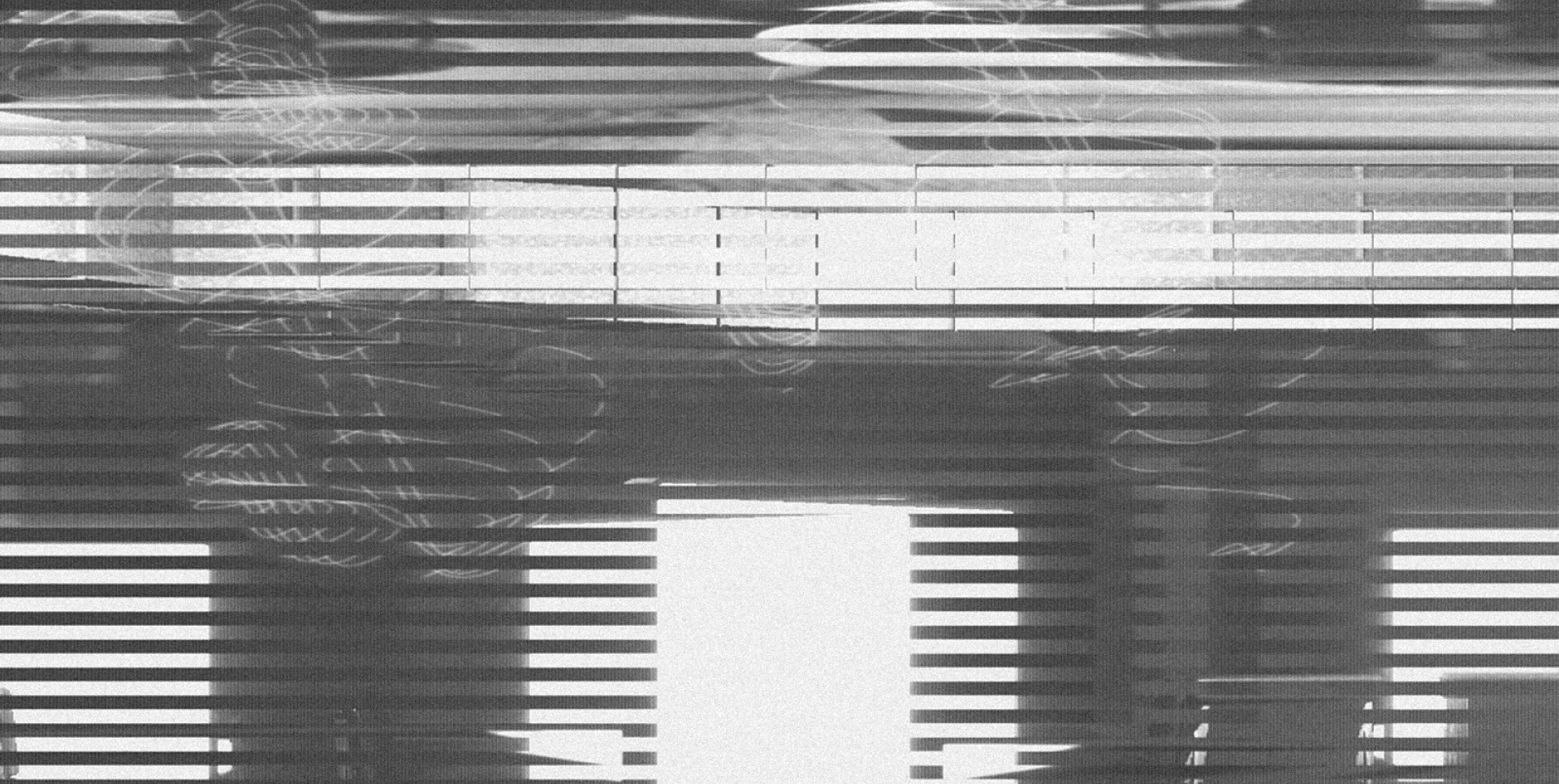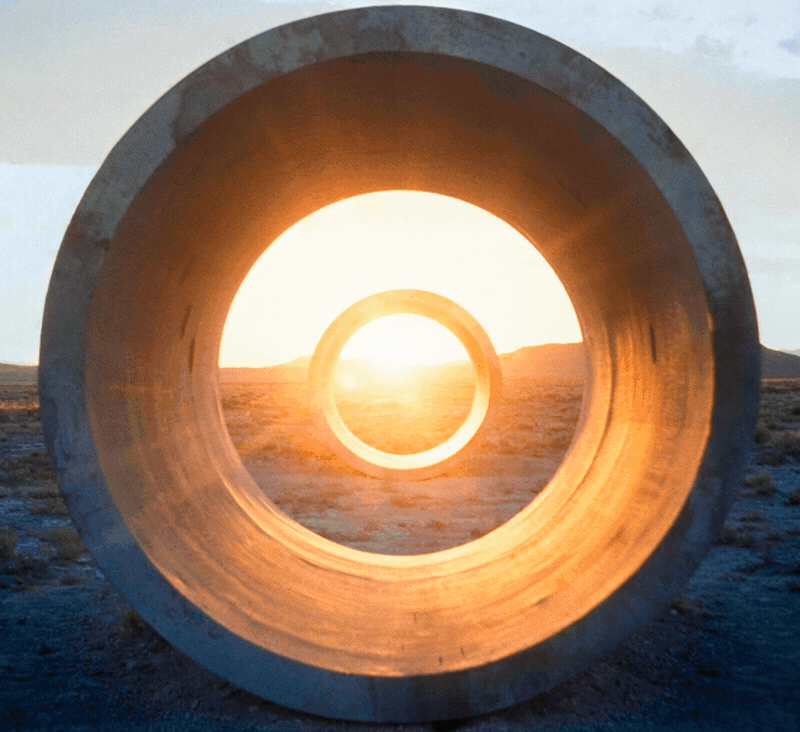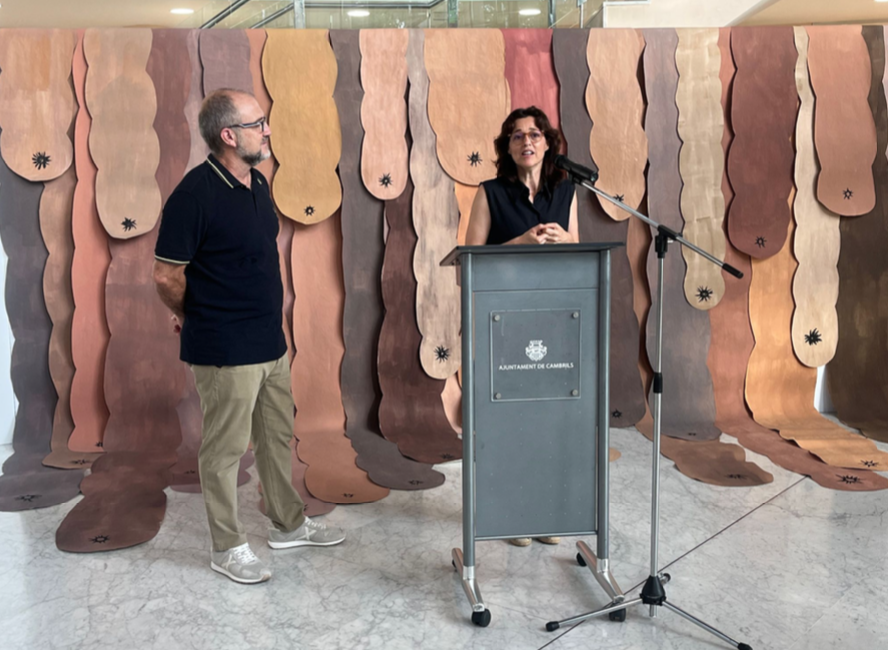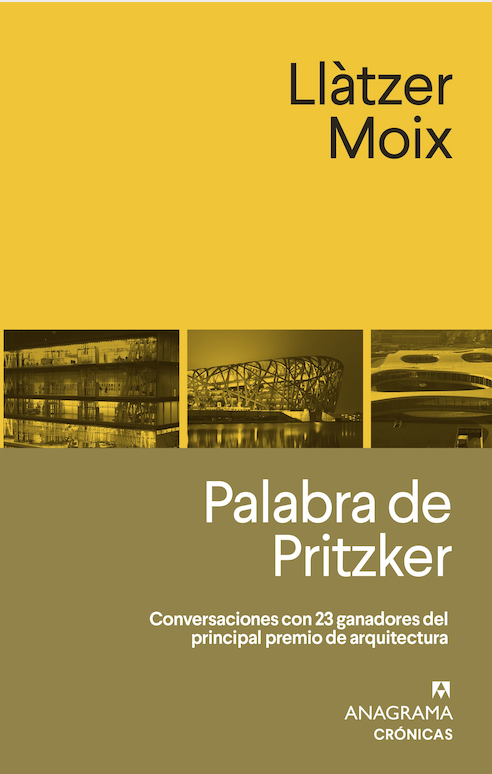international
2023: year of Picasso. 50 years since the artist's death
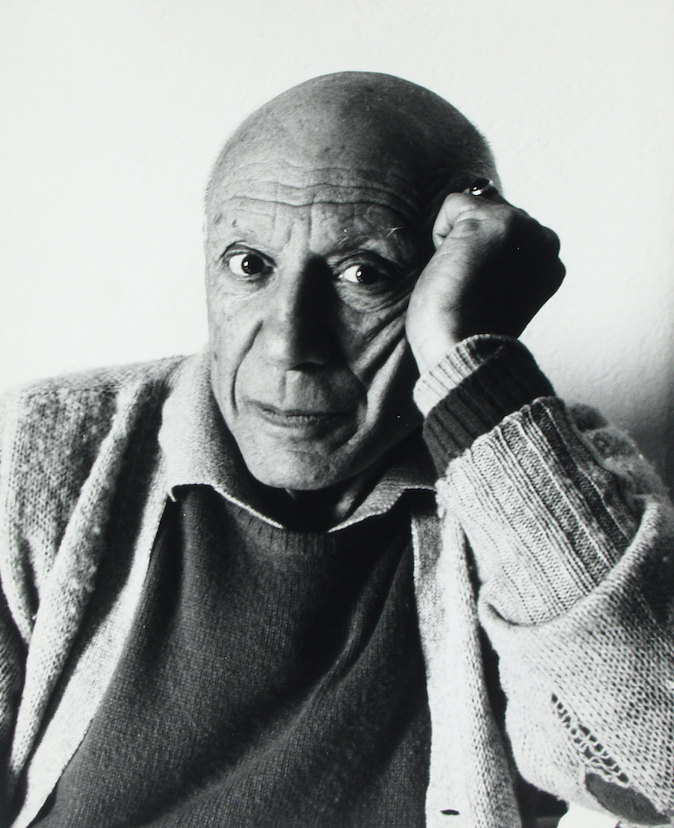
2023 is the year of Picasso in commemoration of the 50th anniversary of his death. Various activities have been scheduled under the banner Celebracício Picasso 1973-2023.
Icon of 20th century art and the first celebrity of the avant-garde, Pablo Picasso is probably the contemporary creator who has attracted the most attention among researchers, curators, museums and other cultural institutions. When it seems that everything has already been said about his person and that there are no more dark areas left to illuminate his work, this year 2023 is devoted entirely to revisiting his figure on the occasion of the commemoration of the fiftieth anniversary of his death. Under the banner Celebración Picasso 1973-2023, a rich agenda of activities has been programmed, which includes around fifty exhibitions and the holding of an international symposium on the artist, in museums and institutions in Europe and the States United; the bulk of the ephemeris is concentrated in Spain and France, homelands of birth and adoption of Malagasy. Although the proposals are very diverse in ambition and scope, the coordination effort carried out by the Franco-Spanish commission in charge of organizing the event should be highlighted. Faced with the reservations and suspicions of the most suspicious, this year Picasso will offer us surprises. If we do a quick review of the programming, a significant part of the samples is dedicated to reviewing certain stages of Picasso's work, from his formative period (Museo de Belas Artes da Coruña) or his beginnings in Paris (The Solomon R. Guggenheim Museum, New York) until his last years (Fondation Beyeler, Basel; La Casa Encendida, Madrid), going through decisive moments in his career, such as Picasso 1906: the great transformation (MNCARS, Madrid) or Picasso in Fontainebleau (MoMA, New York). With this same historiographical approach, another large line of exhibitions analyzes the various languages and means of expression that the artist frequented: sculpture (Museo Picasso, Málaga), ceramics (Musée Magnelli, Vallauris) or drawing and engraving (Centre Pompidou, Paris). Or they focus on genres, motifs or series, like the proposals of the Mint Museum in Charlotte (the landscape) or the Hispanic Society Museum (La Celestina) and The Met Museum in New York (Picasso: a cubist commission in Brooklyn ).
Protein artist
Picasso, a protean artist and true genius of transformationism, not only transcended styles and trends, phagocytizing influences and reinventing himself at every step, but also dived into the great storehouse of tradition, confronting the great masters. Apart from the imprint of Poussin and French classicism on the Cubist painter (Musée de Beaux-Arts, Lyon), most of the exhibits investigate the legacy of the Spanish school: El Greco (Museo del Prado, Madrid ), Velázquez (Casa Velázquez, Madrid) and Goya (Musée Goya, Castres). Among the dialogues with contemporary artists, Julio González, Pablo Picasso and the dematerialization of sculpture (Mapfre Foundation, Madrid) explores the collaboration between the two creators in the framework of the invention of iron sculpture, while Miró - Picasso (Picasso Museum of Barcelona, Fundació Joan Miró) reconstructs the relationship between painters and their ties to Barcelona. Beyond artists or styles, exhibitions such as Picasso and abstraction (Musées Royaux de Beaux-Arts, Brussels) or Picasso and prehistory (Musée de l'Homme, Paris) invite us to discover new constellations of references in the painter's production.
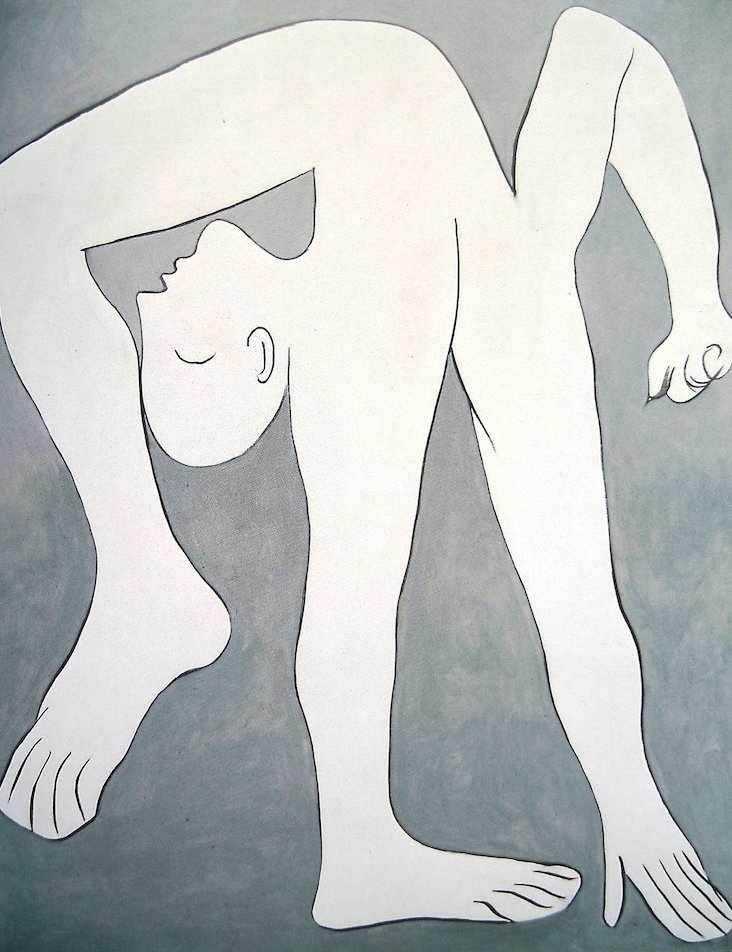 Pablo Picasso, L’acròbata, oli sobre llenç, 1930.
Pablo Picasso, L’acròbata, oli sobre llenç, 1930.
Review of the myth
With a decidedly revisionist will, Cubism and the tradition of trompe-l'oeil (The Met Museum, New York) dismantles several of the clichés constructed by historiography around the cubism-illusionist painting binomial. Also Picasso. The sacred and the profane (Museo Thyssen-Bornemisza, Madrid) proposes a re-reading of Picasso's work based on traditional genres. The complicities that Picasso wove with dealers and collectors deserve the attention of some samples that deepen the relationship with his first gallerist, Daniel-Henry Kahnweiler (Museu Picasso, Barcelona), or with his great patron, Gertrude Stein (Musée du Luxembourg, Paris).
Feminist perspective
Picasso and the woman, Picasso and his women. In the era of empowerment, #metoo and the woke culture, a feminist perspective could not be missing. Thus, several exhibitions rescue and vindicate the role of some of the painter's lovers and wives: Fernande Olivier (Musée de Montmartre, Paris) and Fernande alongside Françoise Gilot (Kunstmuseum Pablo Picasso, Münster). Aside from their partners, other creators, such as Coco Chanel, in the context of their collaborations with the artist, are the subject of exhibitions such as the one at the Thyssen Museum in Madrid. From the perspective of current gender studies, Picasso and feminism (Brooklyn Museum, New York) focuses directly on the "female question" in an artist who has sometimes been described as Don Juan, a misogynist or an abuser. Outside of any frame, the interventions of video artist Sophie Calle and designer Paul Smith remain in the collections of the Musée Picasso in Paris. In short, an à la carte menu for any palate.



